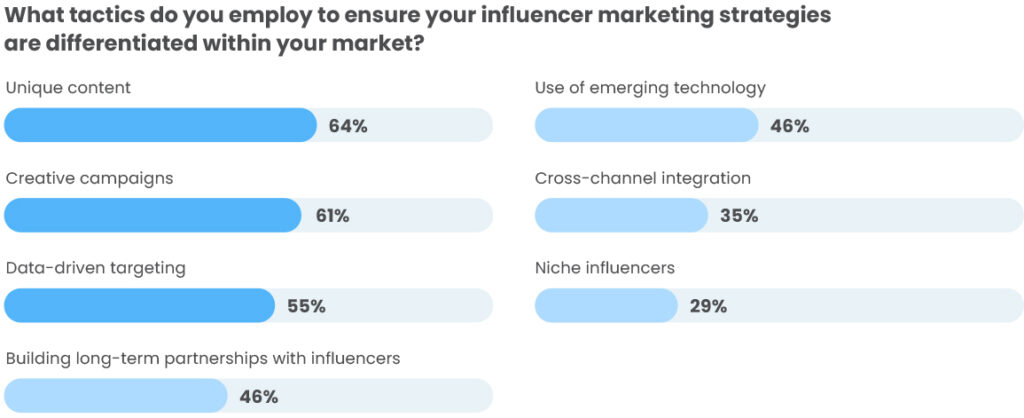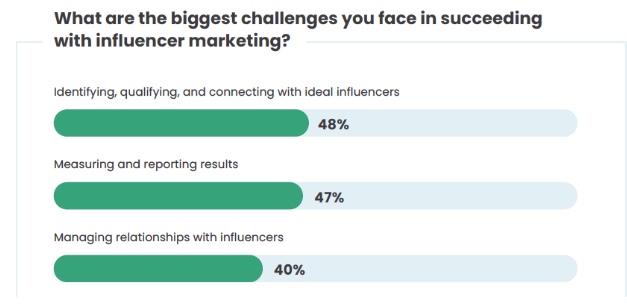B2C vs. B2B Influencer Marketing – What’s the Difference?
By Alex White
Have you ever seen a food truck parked on a busy street corner, handing out samples or shouting their daily special to draw in hungry pedestrians? This is a lot like Business to Consumer (B2C) marketing — focused on grabbing attention in the moment, aiming for quick connections, and closing the sale on the spot.
On the flip side, Business to Business (B2B) marketing is more like a gourmet chef meeting with restaurant owners in a quiet dining room. The chef isn’t just offering samples — they’re presenting a detailed pitch about how their locally-sourced ingredients and exclusive recipes can elevate the restaurant’s menu. Instead of aiming for instant orders, they’re focused on building trust and forming a long-term partnership that benefits both sides.
The approaches to marketing in B2C and B2B are fundamentally different, and the influencers in each space reflect that. Engaging, contracting, co-creating content, and compensating a B2C influencer will be a different experience compared to working with a B2B influencer. It’s important to tread carefully to ensure you find success.
- Find perspective from experts: Here’s How 11 Expert Marketers Define B2B Influencer Marketing
At TopRank Marketing, we cover B2B influencer marketing extensively with case studies, campaign ideas, 2025 budget trends, key statistics and more. After 12-plus years of spearheading influencer marketing for some of the top B2B brands in the world, we’ve learned a few things about the practice. From that experience, I’ll focus on what makes for good B2B influencer experiences as a way to portray the difference from B2C.
Regardless of the desired outcome, from building brand awareness to increasing sales, best-in-class influencer marketing programs start with understanding the relevant topics of influence that both represent what customers care about and what the brand stands for.
Stand Out with Influencer Marketing
B2B influencers as long-term brand partners
Much of B2C influencer engagement is managed like an advertising buy. With B2B, it’s important to look at B2B influencers as partners, not just content creators or distribution channels. That means finding, engaging, and activating influencers with expertise and audiences that will resonate with the objectives of the business. Beginning with topics of influence, you can identify, qualify and recruit influencer partners to collaborate.
Much like in B2C marketing, output of a B2B influencer collaboration can be in any form that the brand is currently publishing content: text, video, visual, audio, interactive and even VR.
B2B influencers are different from B2C in that they are usually subject matter experts with credentials. But it is often the case that …read more
Source:: Top Rank Blog









